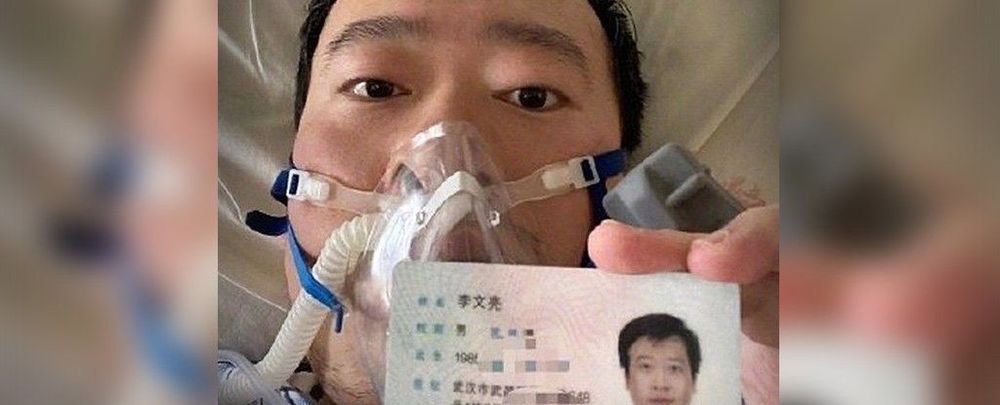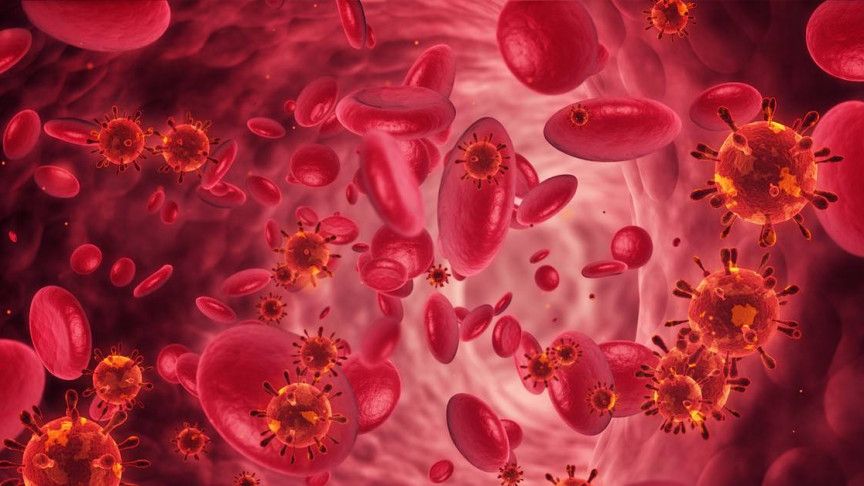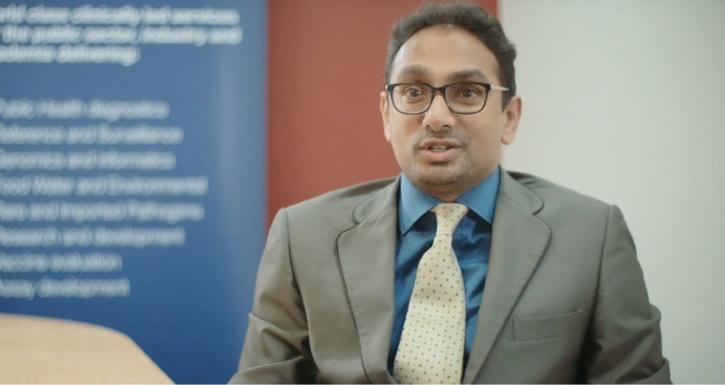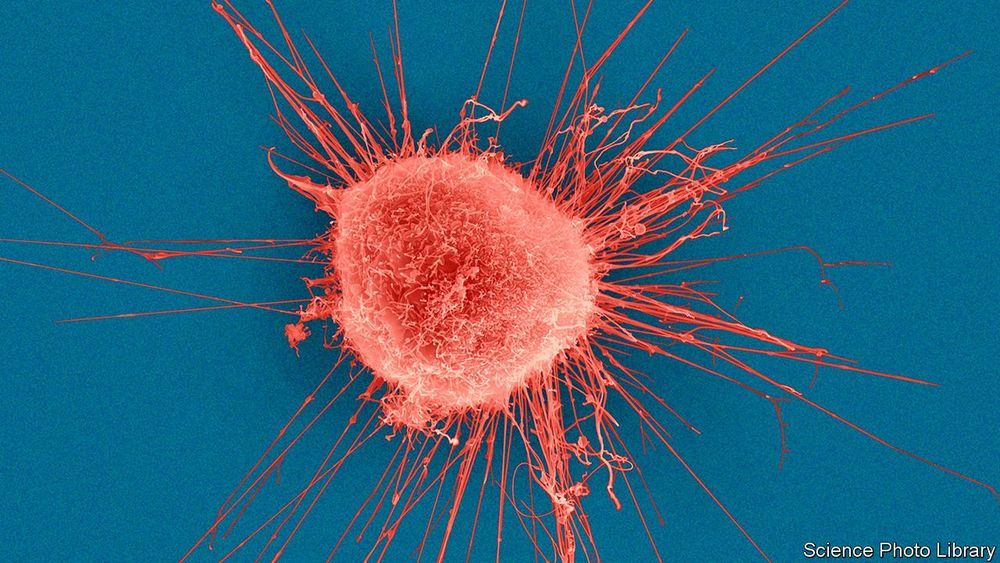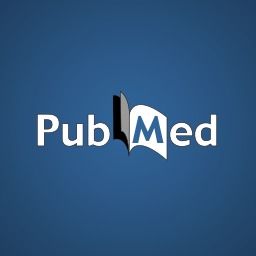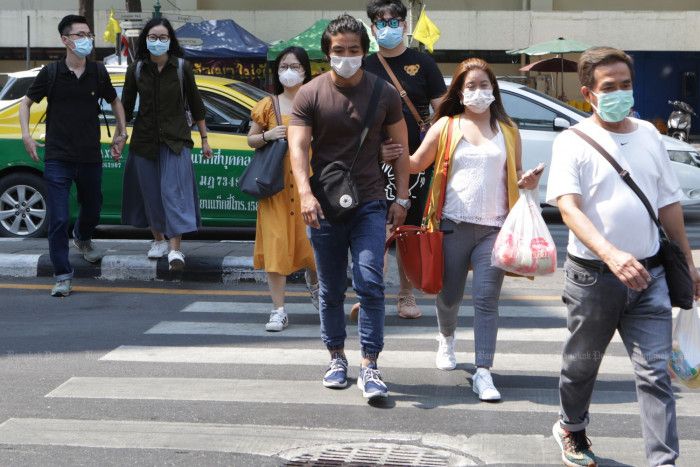Visit our sponsor, Brilliant: https://brilliant.org/IsaacArthur/
O’Neill Cylinders space stations are examples of large rotating habitats able to be constructed in space in which people and even a complex ecology might be transplanted. But what would it be like living in one and how would civilizations based inside them in the future tend to operate?
Visit our Website: http://www.isaacarthur.net
Support us on Patreon: https://www.patreon.com/IsaacArthur
SFIA Merchandise available: https://www.signil.com/sfia/
Social Media:
Facebook Group: https://www.facebook.com/groups/1583992725237264/
Reddit: https://www.reddit.com/r/IsaacArthur/
Twitter: https://twitter.com/Isaac_A_Arthur on Twitter and RT our future content.
SFIA Discord Server: https://discord.gg/53GAShE
Listen or Download the audio of this episode from Soundcloud: Episode’s Audio-only version: https://soundcloud.com/isaac-arthur-148927746/life-on-board-an-oneill-cylinder
Episode’s Narration-only version: https://soundcloud.com/isaac-arthur-148927746/life-on-board-…ation-only
Credits:
Life on board an O’Neill Cylinder
Episode 223; Jan 30, 2020
Writers:
